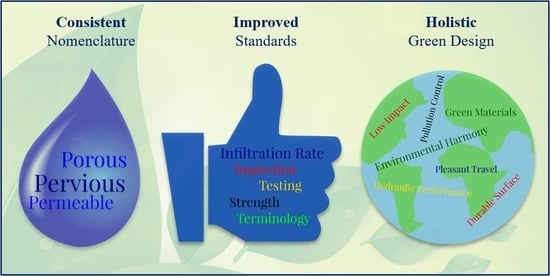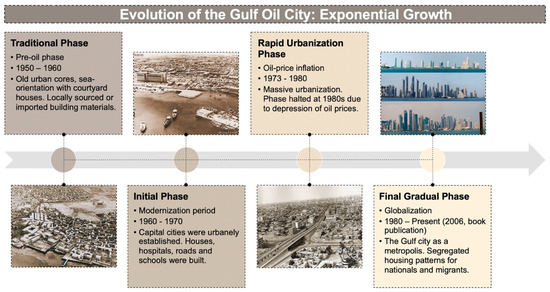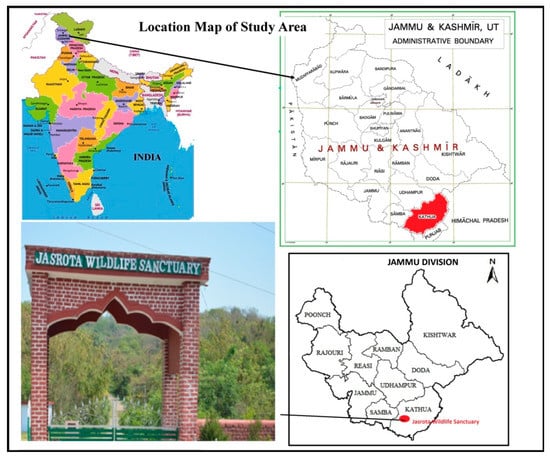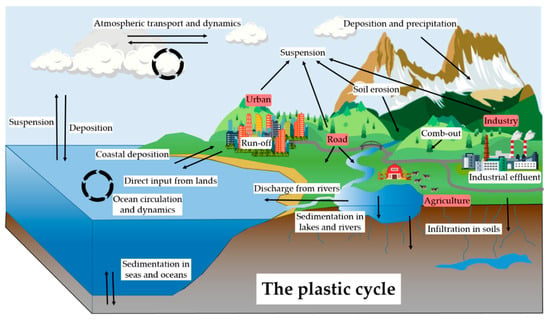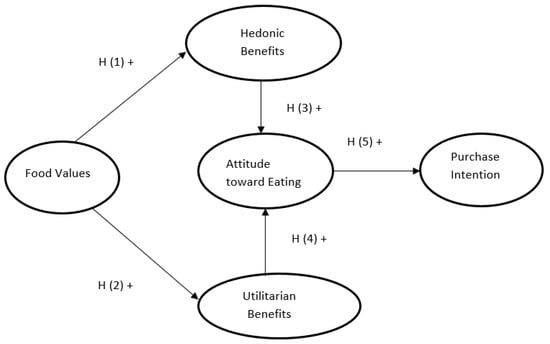Sustainability 2020, 12(18), 7709; https://doi.org/10.3390/su12187709 - 18 Sep 2020
Cited by 23 | Viewed by 9422
Abstract
►
Show Figures
The infectious pneumonia caused by the 2019 novel coronavirus (COVID-19) has spread rapidly worldwide, crippling the global tourism industry’s development and operations. In Hong Kong, where tourism is a pillar industry, the hotel industry is essential to maintaining a stable economy. Facing multiple
[...] Read more.
The infectious pneumonia caused by the 2019 novel coronavirus (COVID-19) has spread rapidly worldwide, crippling the global tourism industry’s development and operations. In Hong Kong, where tourism is a pillar industry, the hotel industry is essential to maintaining a stable economy. Facing multiple forms of pressure, the industry’s status deserves close attention. More than 200 hotels in Hong Kong were taken as the research set in this study. A Python-based web crawler was used to collect daily hotel prices from various online travel agencies. Repeated-measures analysis of variance (ANOVA), correlation analysis, and descriptive analysis were employed to study hotels’ room rate fluctuations over time. Results indicated that room rates across hotels in Hong Kong were primarily influenced by holidays and festivities prior to COVID-19, whereas rates tended to decline after the outbreak. Data analysis based on hotels’ star ratings revealed that 5-star hotels were relatively less affected by COVID-19 while 4- and 4.5-star hotels were most seriously affected. District-level analysis also showed that hotel room rates were differentially influenced by the virus: Hong Kong’s Islands district was hit hardest, followed by Kowloon. These findings offer valuable implications for hotel managers and relevant government departments in making rational decisions based on the current market state.
Full article

